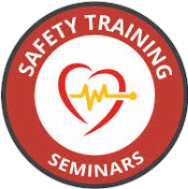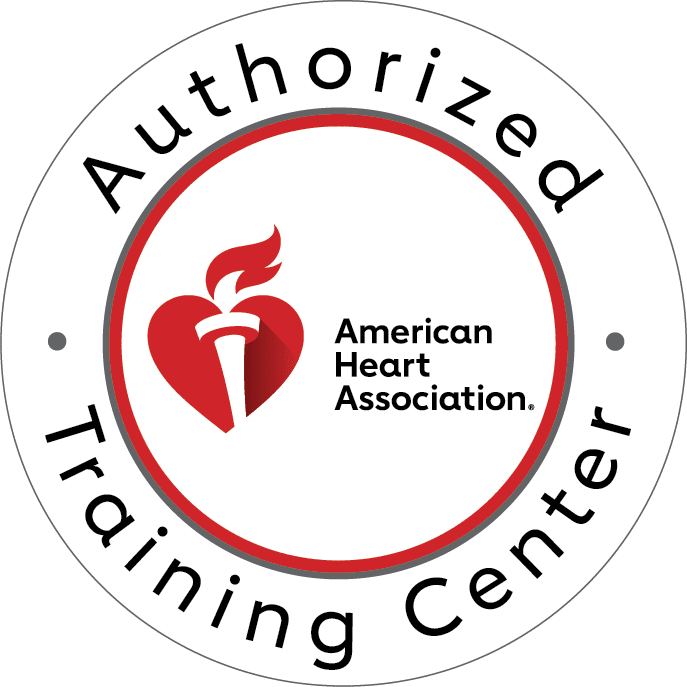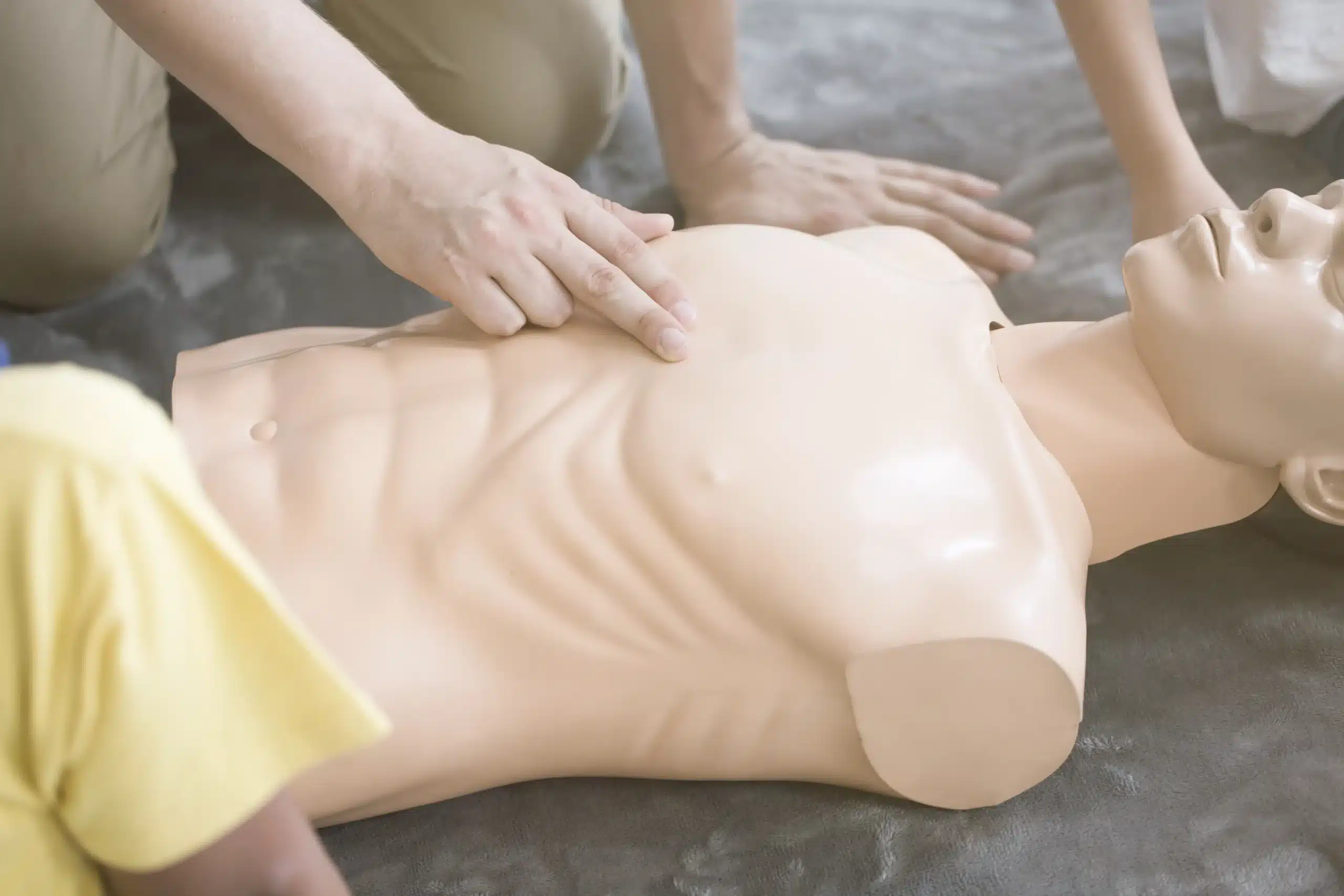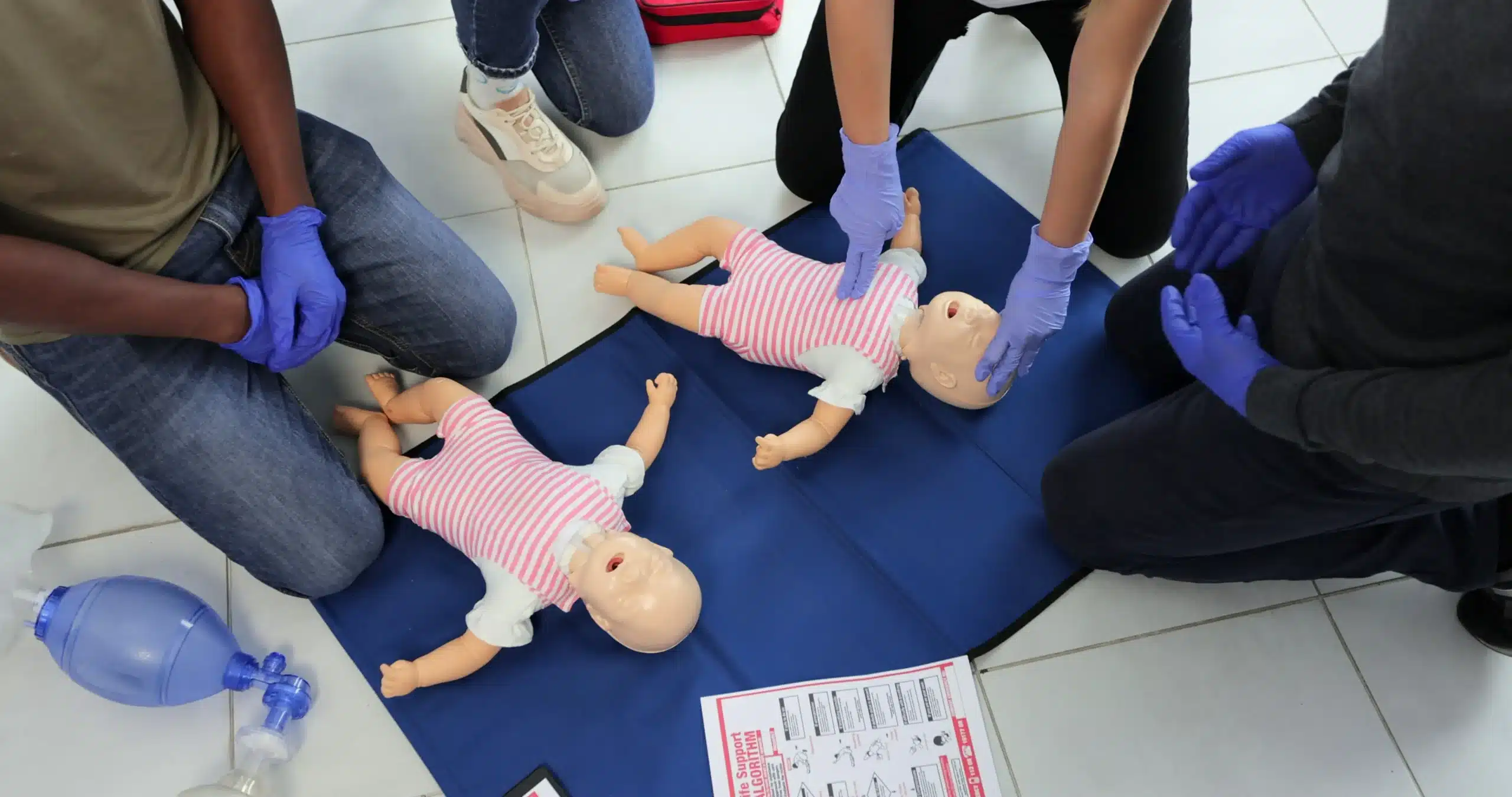Importance of CPR and First-Aid Training in the Workplace
Accidents happen. Whether it’s a minor cut or a life-threatening cardiac arrest, the workplace is not immune to unforeseen medical emergencies. This is where CPR and first-aid training prove invaluable. Ensuring that employees are equipped with these skills can mean the difference between life and death. In this blog post, we’ll explore why such training is crucial, how it empowers employees, and ways it can be seamlessly integrated into any workplace.
Understanding the significance of CPR and first-aid training is the first step. These skills enable individuals to provide immediate care during critical moments, sustaining life until professional medical help arrives. A workplace prepared for emergencies not only saves lives but also fosters a culture of safety and care among employees. Read on to learn more about the profound impact of CPR and first-aid training in professional environments.
Statistics and Case Studies Highlighting the Effectiveness of Prompt First-Aid Response
Numbers tell a compelling story. According to the American Heart Association, nearly 475,000 Americans die from cardiac arrest each year. Immediate CPR can double, even triple, the chances of survival. In workplaces where employees are trained in CPR and first-aid, the odds of survival increase significantly when emergencies occur.
Consider a local news reported by Los Angeles Times. Here, a trained employee performed CPR on a colleague who suffered a sudden heart attack. Paramedics arrived within minutes, but it was the immediate response that saved a life. This scenario underscores the effectiveness of training and quick action.
Statistics reveal another truth. Only 46% of out-of-hospital cardiac arrest victims receive the help they need before professional medical services arrive. By prioritizing first-aid training, workplaces can boost these numbers, potentially saving countless lives.
Legal and Compliance Requirements for First-Aid Training in Various Industries
Legal frameworks often mandate first-aid training in specific industries. Occupational Safety and Health Administration (OSHA) regulations require that employers provide adequate first-aid supplies and trained personnel. These standards vary across sectors, reflecting the different levels of risk associated with various work environments.
In high-risk industries like construction and manufacturing, the requirements are stringent. These sectors demand comprehensive training programs to manage potential hazards effectively. Even in lower-risk settings, such as offices, having a trained individual on-site is an essential compliance aspect.
Understanding these legal requisites is vital for employers. Failure to comply can result in hefty fines and liabilities. More importantly, it exposes employees to unnecessary risks. Thus, embedding CPR and first-aid training within the organizational fabric not only aligns with legal obligations but also demonstrates a commitment to employee welfare.
The Role of Employers in Promoting a Safe Work Environment Through First-Aid Training
Employers hold the key to creating safe workspaces. By advocating for CPR and first-aid training, they set a standard that prioritizes health and safety. This commitment manifests in organized training sessions, accessible resources, and supportive policies.
Leadership support is crucial. When management actively participates in training, it sends a powerful message about the importance of preparedness. Furthermore, offering incentives for participation can increase engagement and ensure that training is taken seriously.
Regular drills and refresher courses reinforce learning. They keep skills sharp and promote confidence among employees. By fostering an environment where safety is paramount, employers empower their teams to handle emergencies effectively and efficiently.
Benefits of CPR and First-Aid Training Beyond Compliance
The advantages of CPR and first-aid training stretch beyond mere compliance. For starters, it boosts employee morale. Workers feel valued when they perceive their safety as a priority. This sense of security translates into increased productivity and job satisfaction.
Additionally, trained employees are more likely to respond calmly in crises, minimizing panic and confusion. This composure is crucial in managing situations effectively, reducing the risk of further injury or complications.
Finally, a trained workforce enhances the company’s reputation. Clients and partners take notice when businesses prioritize safety. This commitment reflects a responsible and ethical corporate image, attracting potential collaborations and partnerships.
How to Implement a Successful Workplace First-Aid Training Program
Launching a first-aid training program starts with assessing workplace needs. Identify the most common risks and tailor the training program accordingly. Partnering with certified organizations ensures that the instruction received is both comprehensive and credible.
Scheduling is another consideration. Offering multiple sessions accommodates varying work schedules, ensuring maximum participation. Choose accessible formats, such as online modules or in-person workshops, to suit diverse learning preferences.
Follow-up is essential. Regular evaluations and feedback loops allow employers to refine the program. This iterative approach guarantees that the training remains relevant and effective, continuously serving the organization’s needs.
Conclusion – CPR & First-Aid Training
Workplace CPR and first-aid training is not merely an option but a necessity. It equips employees with life-saving skills and reinforces a culture of safety and responsibility. Beyond compliance, it enhances morale, productivity, and organizational reputation.
For businesses aiming to implement or enhance their training programs, the benefits are clear. Invest in your team’s safety. Foster an environment where everyone feels secure and valued. For those seeking further guidance, numerous resources and expert consultations are available to aid in this vital endeavor.








